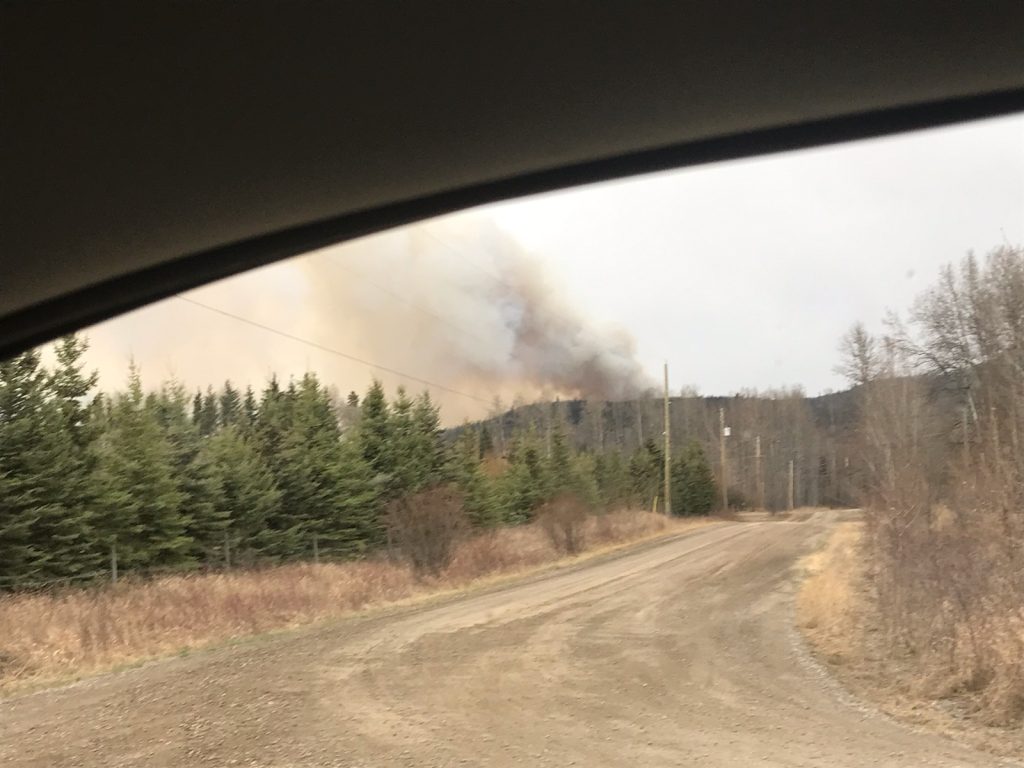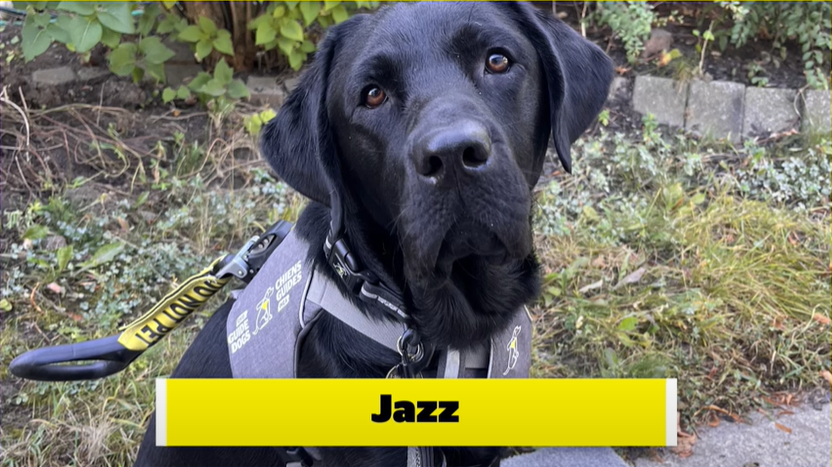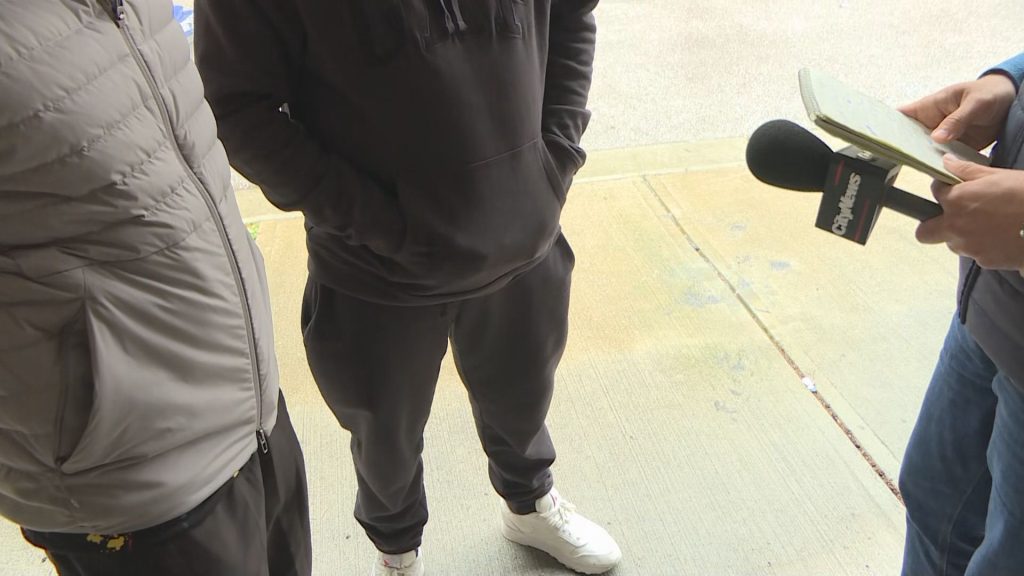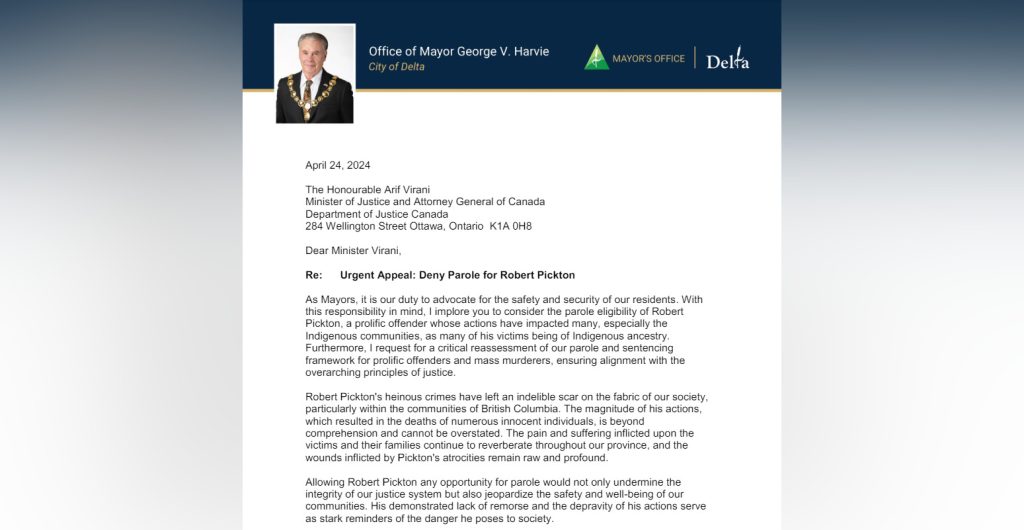Think 2020’s disasters are wild? Experts see worse in future
Posted September 10, 2020 11:35 am.
A record amount of California is burning, spurred by a nearly 20-year mega-drought. To the north, parts of Oregon that don’t usually catch fire are in flames.
Meanwhile, the Atlantic’s 16th and 17th named tropical storms are swirling, a record number for this time of year. Powerful Typhoon Haishen lashed Japan and the Korean Peninsula this week. Last month it hit 130 degrees in Death Valley, the hottest Earth has been in nearly a century.
Phoenix keeps setting triple-digit heat records, while Colorado went through a weather whiplash of 90-degree heat to snow this week. Siberia, famous for its icy climate, hit 100 degrees earlier this year, accompanied by wildfires. Before that Australia and the Amazon were in flames.
Climate change is real and the evidence is all around us.
‘Wildfires, tropical storms, heat records’
That’s what experts are saying as the U.S. deals with wildfires, devastating tropical storms and scorching heat records.
NASA’s former chief scientist Waleed Abdalati says this is just the beginning of the major impacts of climate change.
“I strongly believe we are going ot look back in 10 years, certainly 20, probably 50, and say. ‘Wow. 2020, that was a crazy year, but I miss it.”
Abdalati said the trajectory of worsening disasters and climate change from the burning of coal, oil and gas is clear — and basic physics.
The U.S. is dealing this year with wildfires, devastating tropical storms, scorching heat records and more.
Abdalati said people have ignored the risks of climate change for too long and what’s happening now is just the type of crazy climate scientists anticipated 10 or 20 years ago.
“We’ve put ourselves, over the decades, in a tremendously significant risk posture, and that’s being borne out in some of the things we’re seeing.”
Abdalati says Americans can expect stronger winds, more drought, more heavy downpours and floods.
‘Going to get worse’
“It’s going to get a lot worse,” Georgia Tech climate scientist Kim Cobb said. “I say that with emphasis because it does challenge the imagination. And that’s the scary thing to know as a climate scientist in 2020.”
“It seems like this is what we always were talking about a decade ago,” adds North Carolina State climatologist Kathie Dello.
Even so, Cobb said the sheer magnitude of what’s happening now was hard to fathom back then. Just as the future of climate disasters is hard to fathom now.
“A year like 2020 could have been the subject of a marvelous science fiction film in 2000,” Cobb said. “Now we have to watch and digest real-time disaster after disaster after disaster, on top of a pandemic. The outlook could not be any more grim. It’s just a horrifying prospect.”
She added: “The 2030s are going to be noticeably worse than the 2020s.”
‘Double what we have now’
University of Michigan environment dean Jonathan Overpeck, a climate scientist, said that in 30 years because of the climate change already baked into the atmosphere “we’re pretty much guaranteed that we’ll have double what we have now.”
Consider the world’s environment like an engine: “We have injected more energy into the system because we have trapped more heat into the atmosphere,” said World Meteorological Organization Secretary-General Petteri Taalas.
That means more energy for tropical storms as well as changes to rainfall patterns that bring drought to some places and heavy rainfall to others, Taalas said.
In California, where more than 2.3 million acres have burned, the fires are spurred by climate change drying plants and trees that then go up in flames, said University of Colorado fire scientist Jennifer Balch. California is in the midst of a nearly 20-year mega-drought, the first of its kind in the United States since Europeans arrived, Overpeck said.
Scientists also make direct connections between heat waves and climate change.
Some disasters at the moment can’t be directly linked to man-made warming, such as the derecho, Overpeck said. But looking at the big picture over time shows the problem, and it’s one that comes down to the basic physics of trapped heat energy.
“I am not an alarmist. I don’t want to scare people,” Abdalati said. “It’s a problem with tremendous consequences and it’s too important not to get right.”










